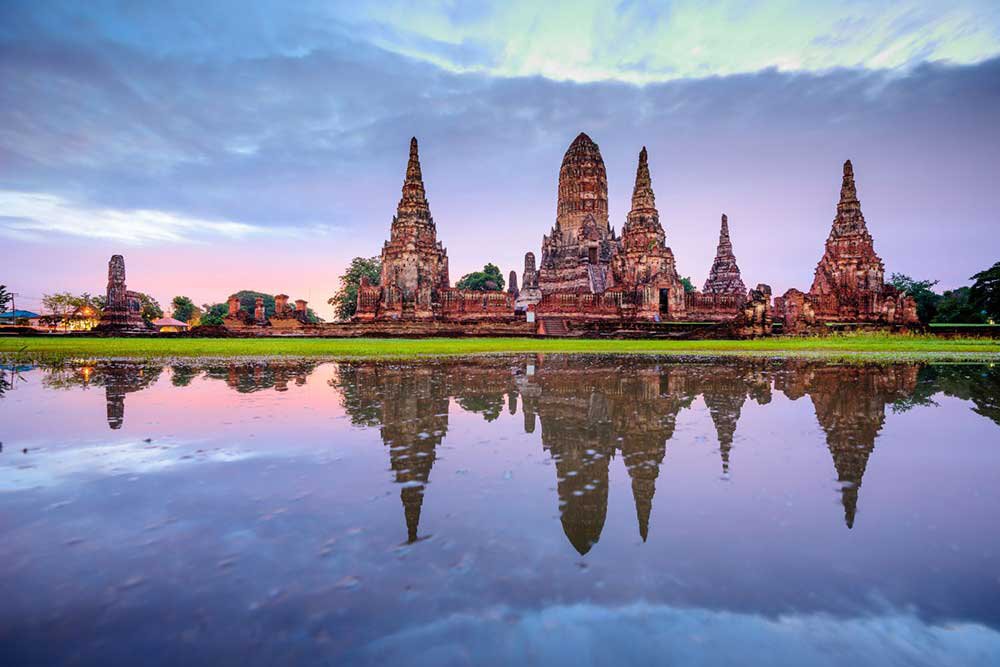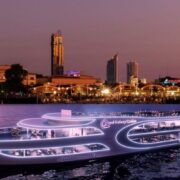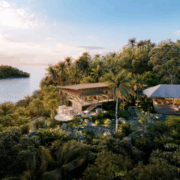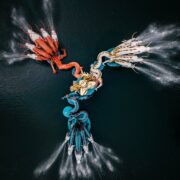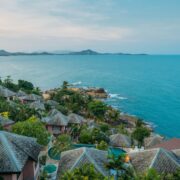Kra Canal – To Connect the Pacific and Indian Oceans by Thailand
Today we give our attention to the Kra Canal project, discussed for years already but without any definitive decision. A little summary of this high ranged project.
The Kra Canal – or Thai Canal – is a project which implies building a canal going through the Kra Isthmus in Thailand. The Kra isthmus is large of 44 Km, but its mountains’ heights are about 75 metres.
The proposed canal would be 50 to 100 km long following the chosen path. The idea is to connect the Indian Ocean and the Pacific Ocean through Thailand.
This would help to build a shorter way from the Andaman Sea to the China Sea and therefore to avoid ships to sail around Malaysia.
Dividing the Kra isthmus has been proposed from 1677 by the Kingdom of Siam’s King, the Great Narai, who asked Lamar – French engineer – to study the possibility to build a canal to link Songkhla – the city on the South region of Thailand – to Marid – now in Myanmar. Nevertheless, the idea has been given up, for lack of means for such a big project.
This idea came up again several times in Thailand’s history for diverse reasons: to protect the Western coast of the – previously – Kingdom of Siam, to make the commercial exchanges easier, to reduce the crossing time of both the surrounding seas, etc … Ferdinand de Lesseps himself – Suez Canal engineer – came to Thailand to visit the region, but the Chulalongkorn King – Rama V – didn’t allow him to do a detailed study.
In 1897, the Kingdom of Siam and the British decided not to build the canal in this area in order to not harm the regional role of Singapore’s port.
Several paths have been proposed during the XX the century for this project which didn’t really disappeared from everyone’s minds because of the potential benefits it could bring to Thailand. Indeed, we estimate that the main benefit would be an economic rise for the surrounding region and even the whole country.
Why? The Kra Canal would be in direct competition with Malacca straits harbours – Port Klang and Singapore. This is actually the main reasons why several rumours of plot appeared, saying that Singapore and Malaysia “bought” Thai politics to delay the project at the Bangkok Parliament.
The Supreme Commandant of the Armed Forces of Thailand, Saiyud Kerdphol, maintains that it is the right time to build this Kra Canal but affirms that it has to be under Thailand king’s will and benediction. According to him, the Thai government is not able to take that decision because they are conscious that they can’t control corruption. Therefore, he hopes that the new King, with his military past, could push this project in the name of national peace and Thailand’s development.
Saiyud suggests that the canal could announce a new civilisation era under Vajiralongkorn’s reign and bring the peace to the South of the country. The new king is particularly interested in the Muslim region, which suggests that establishing an entire peace in this region could be part of his inheritance. Actually, a recent poll has been realised by the Songkhla University and shows that 74 % of the 14 South provinces residents agree with the Kra Canal project.
While the official decision about this project is still pretty blurry, the canal already has a powerful and rich banker: China.
Recently, in January 2018, the new ambassador of Beijing, Lyu Jian, announced that the Kra Canal construction would be part of the One Belt One Road project – editor’s note, a huge international project which aims at building new infrastructures from the Pacific to the Baltic Sea. It is the first time that this project has been officially linked to the Chinese program.
The Chinese project plans 10 years of construction for about 30 000 people and a cost between 20 and 25 billion dollars.
“My dear Thai friends: don’t waste your time, don’t delay this project. We have the technology, we have the capacity, we have the money, we are happy to help. It is great for Thailand, Asia and the entire world.”, implored Jinsong Zhao, marine export at the University Jiao Tong in Shanghai during a conference held last September in Bangkok.
According to the geography and for practical reasons:
- To bypass the Malacca strait; one of the most active zones of piracy of the world.
- To save 1200 km of the current road; the Malacca Strait is the busiest road in the world with an estimated traffic of 84 000 ships and 30 % of the world commerce each year.
- To fast-track Thailand in the centre of the 3rd transportation of international commerce revolution; to increase the capacity and the quality of goods’ delivery for e-commerce, according to Jinsong Zhao, a marine expert in the University Jiao Tong in Beijing.
According to the relations between the USA and China:
- To avoid any blockade in case of political conflict; up to 80 % of the Chinese importations are actually going through the Malacca Strait which the USA could easily block in any scenario of conflict by exploiting their strategic access to Singapore.
- To reduce the advantage of the USA over China; this canal would strengthen the marine strategic dynamic of Asia by by-passing Malacca, one of the main advantages of the USA over China on the sea.
BUT
Another independent analyst with an American military background in the region and conscious of the recent strategic thought of the Pentagon said that even if the canal was built, this would simply mean that the US Navy would have TWO strategic tightenings, instead of only one, to block during a potential conflict with China.
MOREOVER
While being entirely engaged with Beijing, the Thai defenders of the canal also want to constitute a multinational coalition to avoid any country, especially China, to exercise an excessive power over the canal and its harbour installations.
Today, the discussion seems to be open but no official decision has been taken yet. Thailand doesn’t seem to have taken a definite decision to allow the Kra Canal.
“We are as close today as 340 years ago for the Kra Canal construction.”, said the general Pongthep Thesprateep, TCA president and general secretary of the Statesman Prem Tinsulanonda Foundation, on an interview given to Asia Times. “But for the people and the country, it’s the right time to start.”.













